If you’ve ever been to Japan you’ve noticed a few things about the population; for instance, the skyscrapers that touch the sky, the widely available public transportation system, the strange yet delicious and healthy cuisine, and the seas of people that populate Shibuya, Tokyo and other major cities in Japan.
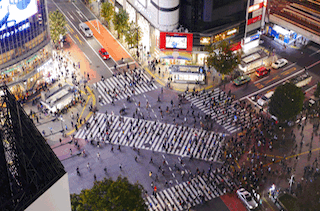
Gif courtesty of bakadaruku.blogspot.com
The most interesting and well completely foreign sight you’ll see is the lack of overweight people. I lived in Tokyo for seven years and would maybe see a couple overweight people from time to time.
Every time my family and I traveled to the states, I was shocked by the sheer size of some of the people I saw. In my mind, I find it hard to believe that people would want and be okay with growing to that large of a size. For one, it’s not healthy at all and even more so it only draws a negative image to the American people.

Photo courtesy of dailymail.co.uk
127.3 million people populate the island of Japan. According to The World Fact Book, out of the 127.3 million people living in Japan, only 3.5% of the adult population are classified as overweight/obese. That’s 4.45 million people. Now looking at US, there are about 318.9 million people living in America. 35% of the adult population is obese, That’s 111.6 million people. Shocking right?
I think it is important to look to Japan for ideas on how we can decrease the obesity rate in America.
Think fresh, whole, and healthy.
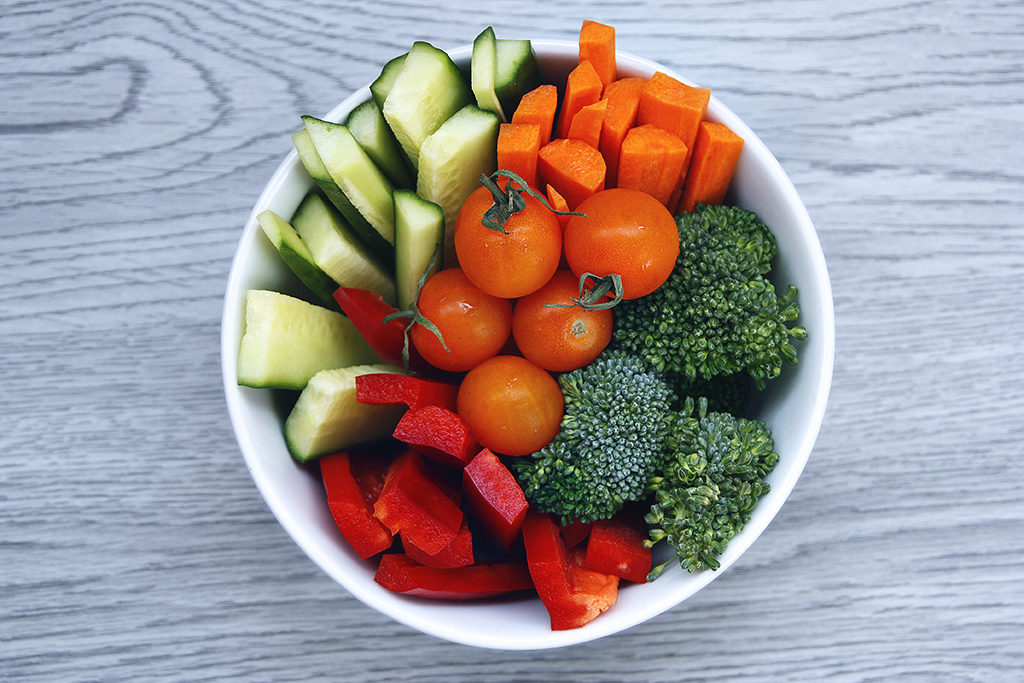
Photo by Christin Urso
The staple ingredients in many Japanese dishes include vegetables, tofu, fish and rice. Rice is the most popular of the bunch and is served at almost every meal. Although rice doesn’t have much nutritional value, it serves as the main starch and is usually eaten at the end of a meal. However, during lunch, it is typical to eat it alongside vegetables or protein.
Fish is one of the main ingredients in Japanese dishes, which should be obvious because they are surrounded by a body of water. Fish is low-fat, high protein food rich in omega-3 fatty acids, calcium, and B2.
America has more of a red-meat-and-potatoes mentality that virtually doesn’t exist in Japan. The majority of the time, American dishes have a focal dish—usually protein—that outshines the vegetables and healthy starches.
Cook with less oils.
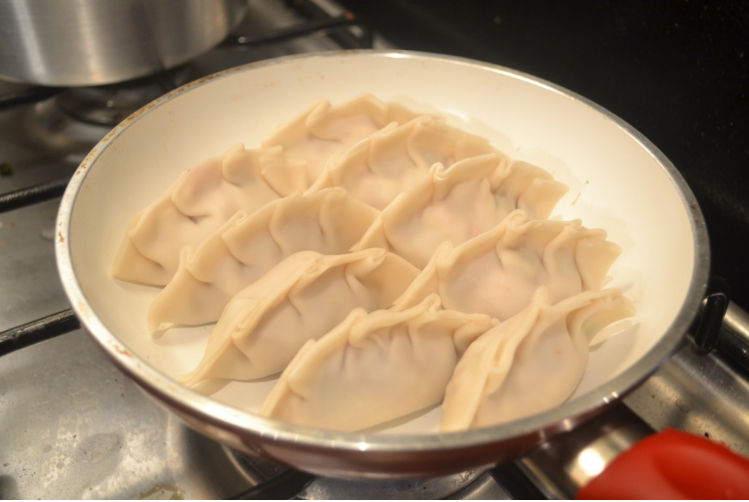
Photo by Patrick Domingo
Unlike other Asian cooking, specifically Chinese, Japanese food is not usually cooked with large amounts of oil. Japanese cooking usually involves serving grilled, boiled, simmered, steamed, or raw food instead of heavily frying it.
Explore new flavors.
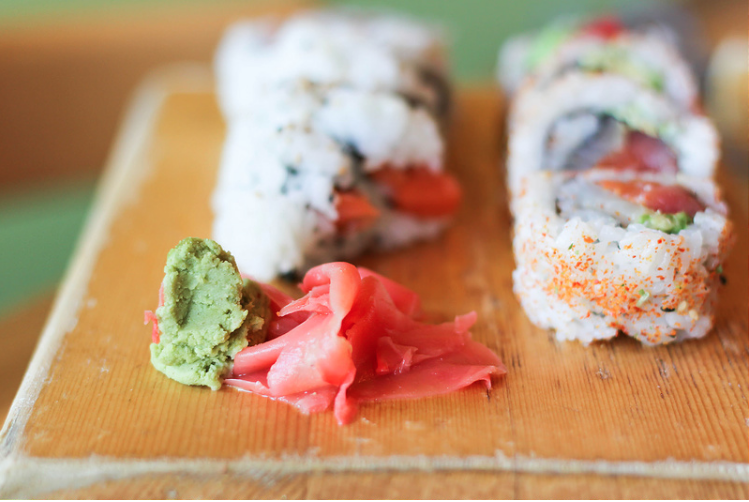
Photo by Gabby Phi
Japan is known for incorporating the 5th flavor, umami, into the majority of their dishes. Dashi is a traditional base for soups in Japan that incorporates umami found in kelp. Soy is another common flavor in Japan and can be used to marinate fish, meats, and vegetables. It is also widely used as a dipping sauce for sushi.
Flavor staples in America are usually heavily saturated in fats and salt like bacon and butter. Yes, they do provide great flavor, but they’re not so good for the heart. Instead of relying on fat to provide flavor, we should look to spices and sauces to provide a healthy flavor profile.
Think about the serving size.
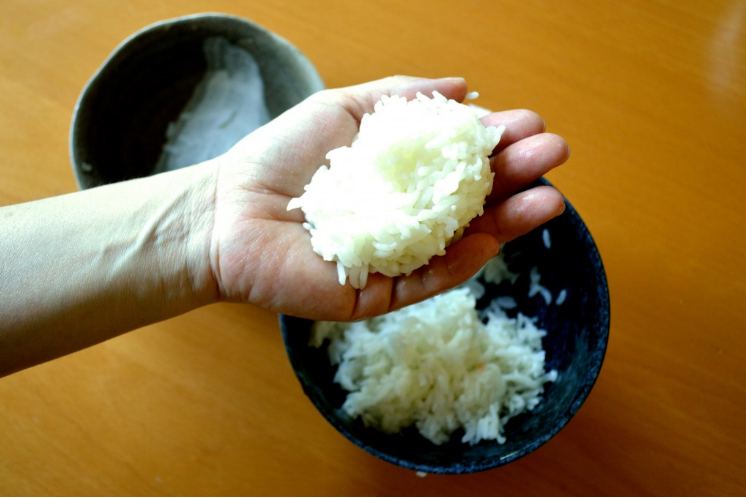
Photo by Katie Huang
In Japan you aren’t given too much or too little food, you’ll be given just the right amount so none will go to waste. One of the eating secrets my mom learned was to “eat until you’re 80% full” that way you will never feel like you overate. You will typically find some form of protein—fish or tofu—alongside a bowl of miso soup, rice, vegetables, pickled vegetables and maybe a small dessert.
Presentation is everything.
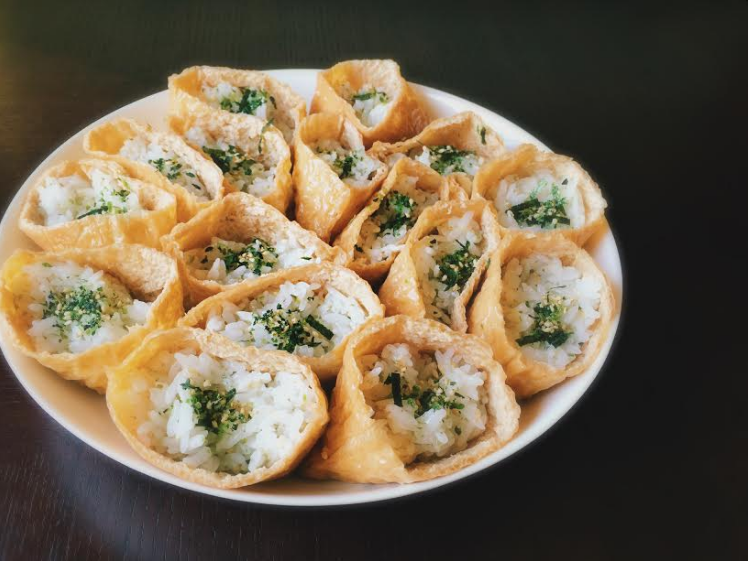
Photo by Eva Chen
It’s no wonder the saying “eye appeal is half the meal” has stayed around for so long. Japanese cuisine focuses on presentation and aesthetics. Some restaurants in Japan offer 14 courses full of artistically prepared and meticulously crafted dishes.
Aesthetics are not what most restaurants aim for in America unless you’re going out to a nice place. Some people couldn’t care less about the placement of their food; For them, it’s all about getting in, eating and getting out seamlessly.


